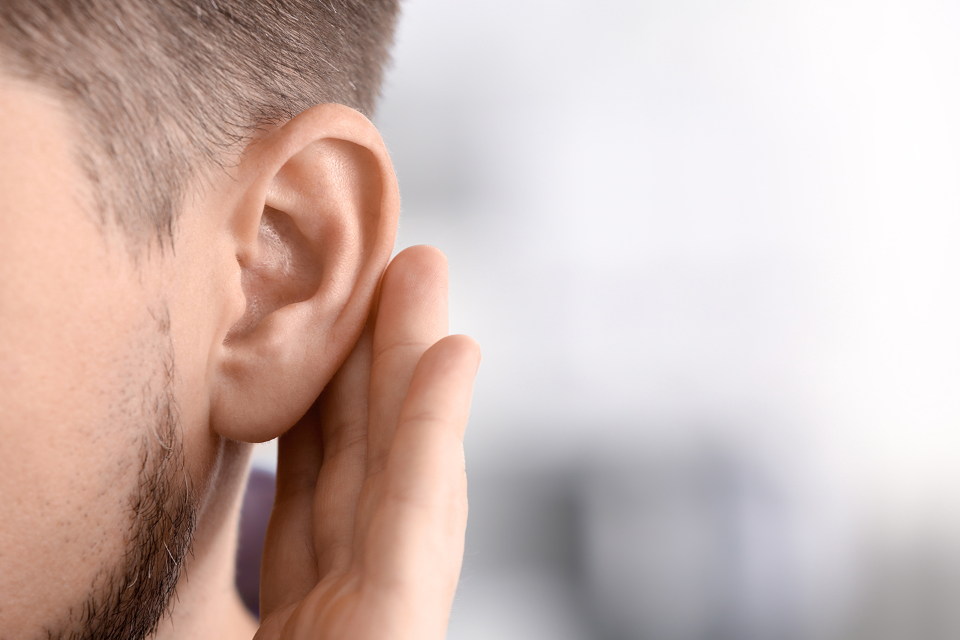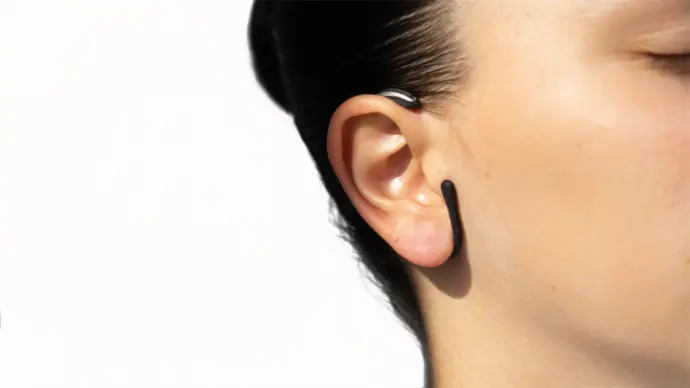Cognitive behavioral therapy (CBT) for tinnitus: Does it work?
Tinnitus – the constant ringing, buzzing, or hissing in the ear – affects millions of people. While some learn to ignore the sound, others suffer greatly from its consequences: sleep problems, stress, anxiety, or depressive moods.
One form of therapy that helps many affected individuals cope better with the ear noise is cognitive behavioral therapy (CBT). But how exactly does CBT work for tinnitus? And how can CBT be combined with other treatment methods?
In this article, you’ll learn:
- how CBT works for tinnitus
- what studies say about its effectiveness
- where the limitations lie
- and how acupressure with ForgTin® can be an innovative addition or alternative.
What is cognitive behavioral therapy (CBT)?
How is CBT used for tinnitus?
Cognitive behavioral therapy is a scientifically validated psychotherapeutic approach that aims to change one’s focus and the way one deals with distressing thoughts and emotions.
At its core is the insight that attention, thoughts, evaluations, emotions, and behaviors are closely linked – and that these connections can be actively influenced.

The focus in tinnitus treatment
When treating tinnitus, CBT does not aim to eliminate the sound itself – that is rarely possible on a psychological level. Instead, the goal is to change the emotional evaluation and stress response to the ear noise. Patients learn not to give the noise their full attention, but to see it as a part of life. It is also helpful to live without constantly adjusting to the noise, making it possible to lead a fulfilling and subjectively good life despite it.
Typical components of the therapy:
- Cognitive restructuring
- Attention control
- Stress management
- Behavioral activation
The combined tinnitus therapy by ForgTin® using ear clips and a medical app allows individuals to follow exactly these approaches. In the knowledge section of the app and through exercises, you’ll learn and explore helpful tools in line with CBT principles.
CBT in practice
CBT can be applied flexibly – as individual or group therapy, in-person or online. What matters most is the active participation of those affected.
A typical CBT program consists of 8–12 sessions and is supplemented with at-home exercises. The goal is to establish new thought and behavior patterns in the long term.
The ForgTin®Pro app offers first insights into CBT.
How effective is CBT for tinnitus?
The effectiveness of CBT for tinnitus is well documented. Studies show that it significantly improves the quality of life for many affected individuals. It can especially reduce psychological burdens such as anxiety, depressive moods, and sleep disorders.
Research findings on effectiveness
Research confirms: CBT can significantly reduce subjective distress – even if the ear noise itself remains. Many patients experience a new sense of calm in dealing with tinnitus.
Key findings
- Improved sleep quality
- Reduced anxiety and stress levels
- Long-lasting effects even after months
- 80% of participants in a UK study reported noticeable relief
Who is CBT suitable for?
CBT is suitable for people who want to actively engage with their condition. The method is especially effective for emotional distress, inner restlessness, rumination, and worry spirals.
Suitable for:
- Individuals with high levels of suffering
- People experiencing significant stress
- Those with sleep disorders
- People with symptoms of stress or anxiety
- Anyone willing to work on themselves

Limits of CBT
CBT is not a cure-all. It can help change how tinnitus is perceived and reacted to, but it cannot eliminate tinnitus itself. Modern tinnitus research recommends combined treatment approaches, tailored to each person’s needs and possibilities.
The best treatment methods for tinnitus!
Combined therapy approaches
Modern tinnitus research focuses on meaningful combination therapies.
At ForgTin®, we combine ear-based treatment using ear clips with the active use of our app, which successfully integrates knowledge, exercises, sounds, and self-observation.
ForgTin®: Gentle pressure stimulation on the ear
ForgTin® is an innovative product by pansatori that works similarly to acupressure, gently and continuously stimulating specific zones around the ear throughout the day. Its effect is similar to acupressure or acupuncture and activates regeneration processes in the body and brain. This can gradually reduce tinnitus.
The application is simple, suitable for daily use, and free of unwanted side effects.
Pleasant positive side effects include:
- Release of jaw tension
- Loosening of head, neck, and shoulder muscles
- Stress reduction
- Relaxation and well-being
Conclusion:
CBT as a stand-alone tinnitus therapy?
CBT is a proven method for those suffering from the mental burden of tinnitus. It works on a mental level, supports inner stability, and enables the development of new, life-friendly behaviors.
However, in most cases, the ear noise itself persists.
That’s why it may be beneficial to use a combination therapy like the one from pansatori, which includes ForgTin® ear clips and the ForgTin® Pro app.

